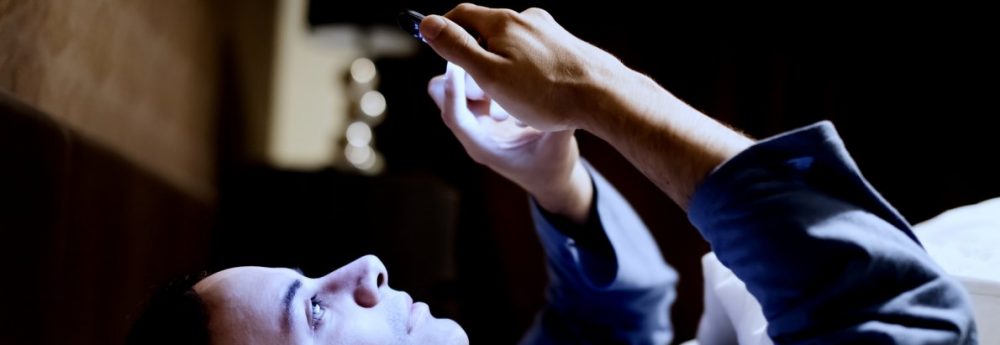When does digital retouching cross a line?
Americans are all too familiar with the effects of Photoshop. Standing in line at the checkout counter, consumers are bombarded with magazine covers featuring beautiful, digitally enhanced celebrities. Yet, Americans both accept and perpetuate this tradition of retouching. In fact, should a cover model not display a perfectly chiseled body, a scandal erupts. However, accepting as consumers are of photoshopped images in the celebrity world, they reject the retouching of photographs shared by news organizations. Actually, the retouching of images in this setting is considered unethical, as reality is neither truthfully nor accurately depicted. Recently, AP freelance photographer Narciso Contreras ignored this ethical standard, and as a result, is now facing serious consequences.
 Contreras’ original photograph captured both a Syrian rebel and another photographer’s camera (visible in the bottom left corner of the image.) Contreras explains that he feared the camera might “distract viewers,” and thus decided to “clone” other pieces of the background to cover the camera. While photographers are permitted to alter the lighting of their photographs, the AP explains that edits such as those performed by Contreras are “completely unacceptable.” Continuing with its critique of Contreras’ actions, the AP issued the statement, “AP’s reputation is paramount and we react decisively and vigorously when it is tarnished by actions in violation of our ethics code.”
Contreras’ original photograph captured both a Syrian rebel and another photographer’s camera (visible in the bottom left corner of the image.) Contreras explains that he feared the camera might “distract viewers,” and thus decided to “clone” other pieces of the background to cover the camera. While photographers are permitted to alter the lighting of their photographs, the AP explains that edits such as those performed by Contreras are “completely unacceptable.” Continuing with its critique of Contreras’ actions, the AP issued the statement, “AP’s reputation is paramount and we react decisively and vigorously when it is tarnished by actions in violation of our ethics code.”
As such, the AP explained last week that it severed Contreras’ contract. Additionally, it reviewed all 494 photographs Contreras submitted from his time in Syria. And, even though none of these other photographs contain photoshopped inaccuracies, the AP is removing all of Contreras’ images from its archives.
Contreras cites his lapse in judgement as a result of “one very stressed moment, at one difficult situation,” and has since issued a statement expressing regret for his actions. He explains, “I took the wrong decision and removed the camera…I feel ashamed about that.”
 This breach of ethics in news photography harkens back to the 2003 case of LA Times photographer, Brian Walski. Walski created a digitally altered image of Iraqi citizens and a British soldier after combining two photographs into one. Fred Ritchin, a professor of communications and photography at NYU, explains that the unethical nature of these altered photographs lies in the fact that photojournalism is seen as “purely objective.” Thus, changing the image’s content changes viewers’ perception of reality.
This breach of ethics in news photography harkens back to the 2003 case of LA Times photographer, Brian Walski. Walski created a digitally altered image of Iraqi citizens and a British soldier after combining two photographs into one. Fred Ritchin, a professor of communications and photography at NYU, explains that the unethical nature of these altered photographs lies in the fact that photojournalism is seen as “purely objective.” Thus, changing the image’s content changes viewers’ perception of reality.
As technology continues to grow and develop, the methods for retouching and digitally enhancing a photograph will continue to get easier. As such, it is more important than ever that photographers remain true to their photos, and resist the urge to Photoshop in order to produce a better image. In resisting the urge to do so, photographers will ensure the continued trust of the public in the objective telling of the news through photojournalism.
- Three Down, One to Go - May 2, 2014
- Actor B.J. Novak Says Social Media Makes Better Writers - April 25, 2014
- Professional Dating?LinkedUp App Romantically Connects LinkedIn Users - April 11, 2014

Chelsea, love this story. Good job!